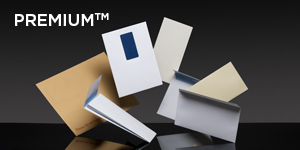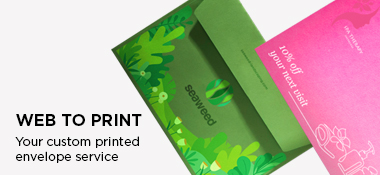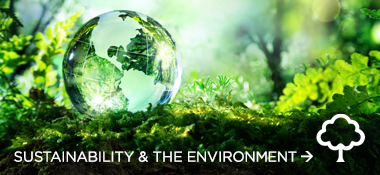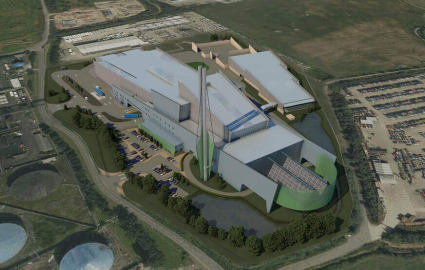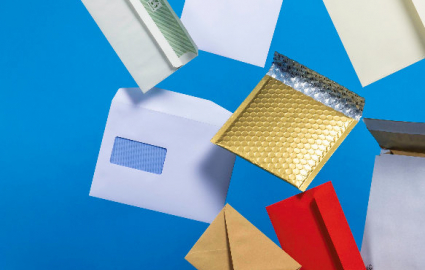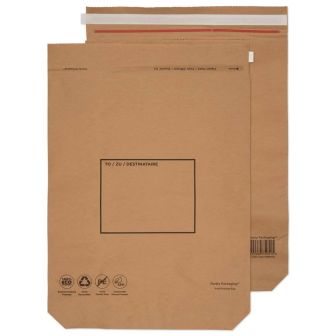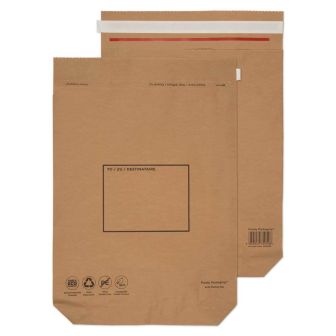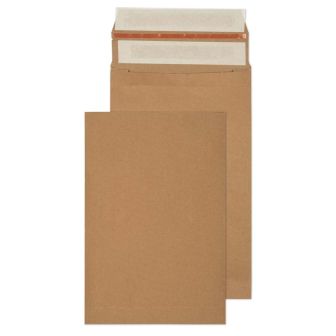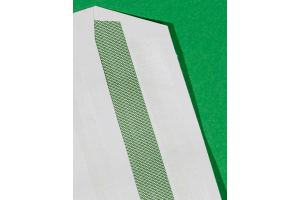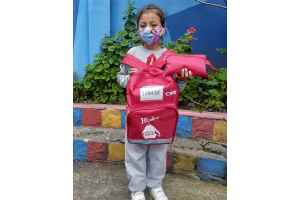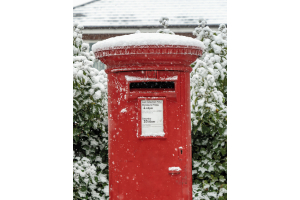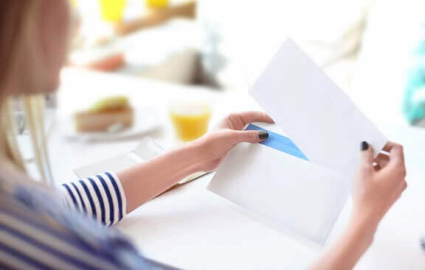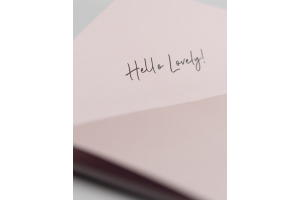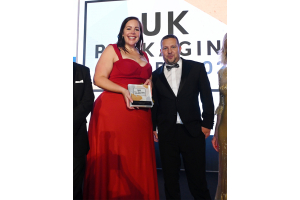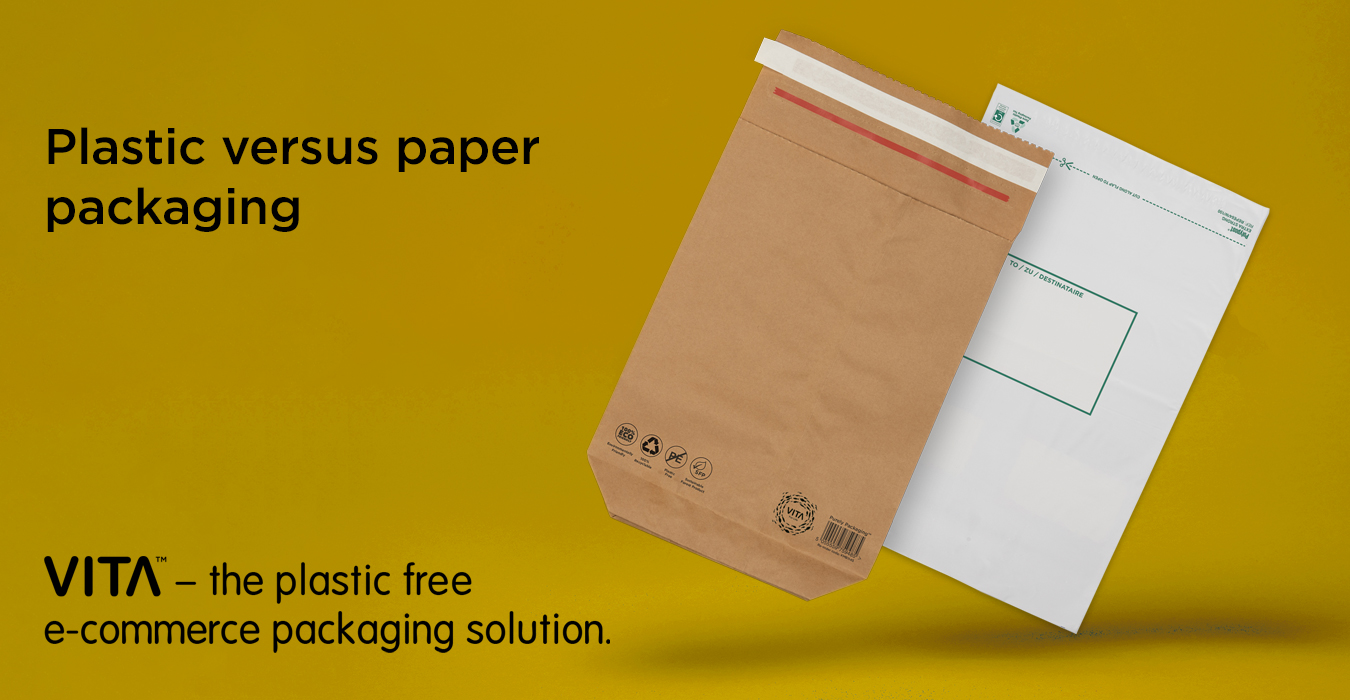
Plastic has been the number one material choice for packaging for a long time. There are lots of reasons why: it’s cheap, durable, versatile, lightweight – the list goes on. It’s no surprise then that packaging is the biggest use of plastic globally, accounting for over 40% of the stuff.
More recently we’ve seen plastic go from man-made marvel to a symbol of the environmental crisis. In either a bid to do better for the planet or to fulfil the earth-conscious demands of their customers – or, as is often the case today, both – many brands are coming away from plastic use in their packaging and switching instead to paper in the name of sustainability.
But sustainability can’t be the only consideration for businesses weighing up the switch from plastic to paper packaging. How much extra will I be paying? Will paper do the job as well? These key questions need to also be front of mind. Here’s how you can go about answering them.
How much extra will I be paying?
As we’ve already mentioned, plastic packaging is cheap – the cheapest out of all common packaging materials, in fact. If we remove the environmental issues for a second, it makes a lot of commercial sense to choose plastic.
Here are some indicative costs from us to show the price difference between our plastic and paper packaging options:
10,000 plastic mailing bags on average would cost a trade customer around £127.00 per thousand. 10,000 kraft mailing bags would cost an average of £514.00 per thousand.
10,000 plastic lined bubble bags on average would cost a trade customer around £228.80 per thousand. 10,000 plastic-free padded mailers would cost an average of £472.00 per thousand.
Clearly plastic options are cheaper, but there’s far more to the cost of choosing plastic packaging than the above. If we remember plastic’s environmental issues again, and the general negative public perception on plastic, you have to ask if using it is damaging your brand.
Let’s say a chunk of your customers are very conscious of sustainability issues, which of course a lot of people today are. They decide that they care more about the environment than using your brand and products, and take their custom elsewhere because of your plastic use. What is the potential cost of that?
Knowing that over half of consumers take sustainable packaging into consideration when buying a product, choosing unsustainable options is a risk that can damage both your customer retention and acquisition. And with younger generations widely known to be far more environmentally conscious – generations representing a growing majority of the consumer population – this risk is only going one way: up.
Another key part of the cost conversation for many businesses is the UK’s new Plastic Packaging Tax. Coming into force from 1 April 2022, the tax will apply at a rate of £200 per tonne on plastic packaging with less than 30% recycled plastic that’s manufactured or imported into the UK. For the businesses who will be impacted by this legislation, it’s another black mark against plastic’s name.
Ultimately, the cheap cost of plastic packaging should be looked at with a sceptical eye – one that also looks at its long-term cost and the benefits of a more sustainable alternative.
Will paper do the job as well?
Taking a financial hit on choosing paper is one thing, but combining that with poorer quality packaging will be a dealbreaker for most businesses. The key question is whether or not paper packaging can do as good a job as plastic at protecting your products as they make their way to your customers.
The answer is largely yes. For dry goods, which make up the bulk of products that are sent out for delivery, paper is a great choice that can be flexible to your needs and is more durable than you’d think! Liquids or food, on the other hand, need plastic’s superpowers to keep them preserved and to make sure that they get to the customer as advertised.
While plastic packaging can bring with it a variety of environmental issues, it’s important to remember that there’s a need for it, with many products out there that can’t feasibly be packaged with another material.
Find what’s right for your business
When it comes to determining if paper packaging is the right move for your business over plastic, there’s far more to think about than sustainability pros and cons.
Cost and functionality are equally as important, and while both skew in the favour of plastic on face value, it’s crucial that you look at them both in the context of your product and what your customers value.
Sign up to receive further marketing emails and further sustainability information from Blake




















 Black
Black Purple
Purple Blue
Blue Red
Red Green
Green Yellow
Yellow Grey
Grey White
White Pink
Pink Cream
Cream Brown
Brown Navy
Navy Violet
Violet Lime
Lime Orange
Orange